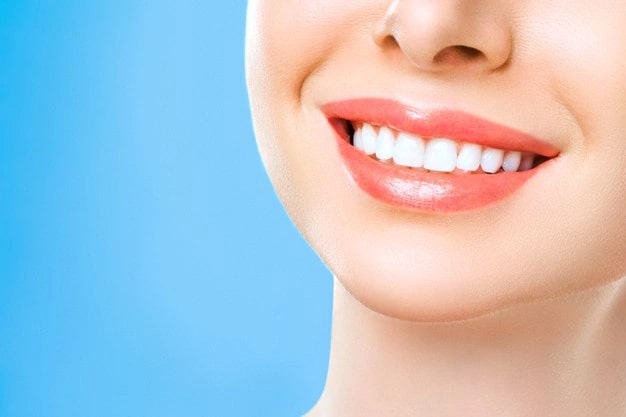Don’t you brush your own teeth? A phrase very frequently heard by people or asked to ones who’re mostly found to have yellow stained teeth. Which can be really embarrassing if you’re caught with one of these phrases? Dental bleaching, also known as teeth whitening, is a common procedure generally dentistry but most especially in neuro-scientific cosmetic dentistry. As a person age range the adult teeth often become darker due to changes in the mineral structure from the tooth, as the enamel gets less porous.
Usually teeth become discolored by foods, drinking and smoking etc. A typical course of bleaching can produce dramatic improvements in the cosmetic appearance of the majority of stained teeth; however, some stains do not respond to bleaching. Bleaching is not suggested if teeth have decay or infected gums. It is also least effective once the original tooth color is grayish and could require custom bleaching trays. Bleaching is most efficient with yellow discolored teeth. Bleaching solutions contain peroxide, which bleaches the tooth enamel to change its color.
Tooth whitening is dissimilar to bleaching treatment. Whitening can restore colour of fillings, porcelain, and other ceramics once they become stained by foods, drinks, and smoking, among other activities. Whitener does not work where bonding may be used and neither could it be effective on tooth-color filling. Other options to cope with such cases are the actual porcelain veneers or dental bonding.
Various chemical and physical agents may be used to whiten teeth. Toothpaste typically has small particles of silica, aluminum oxide, calcium carbonate, or calcium phosphate to grind off stains formed by colored molecules that have absorbed onto the the teeth from food. Unlike bleaches, whitening toothpaste does not really alter the intrinsic colour of teeth.
Although there is an array of whitening products and methods available, the results after with them may vary from very positive results to almost non-existent results.
The ADA (American Dental Association) has published a list of accepted over-the-counter whitening products to assist people choose appropriate whitening items. However, it is recommended to possess one’s teeth checked by a dentist before undergoing any whitening method. The dentist should examine some of the basics for history of patient including allergies and sensitivities, observe hard and soft tissues, placement and conditions of restorations, and sometimes x-rays to look for the nature and depth associated with possible irregularities. Most of the patients have very sensitive teeth that have to be consulted from the dental professional first before any treatment.
- Fun Educational Games for the Kids - August 17, 2012
- Necessity of New Music Videos - August 17, 2012
- White Teeth – How to Lighten Your Teeth and Appear Great - August 14, 2012

